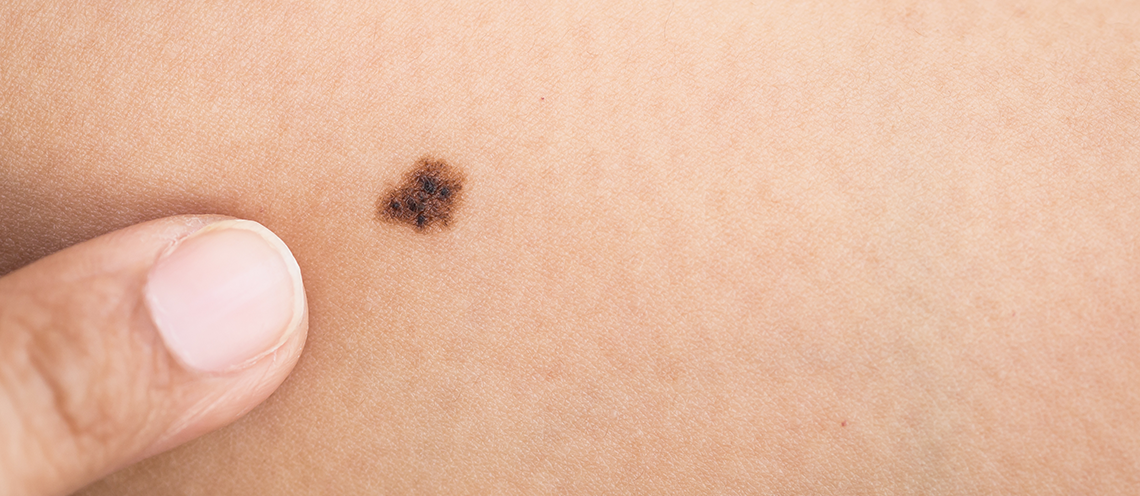When Should You Worry About a Mole?

Moles are very common. Your genetics usually determine whether or not you have moles, although exposure to tanning beds and the sun can be contributing factors. Sometimes, the appearance of your moles can change during pregnancy or puberty, which is perfectly normal. But there are times when changes in a mole can be a worrying sign of a more serious problem. So when should you see a Manhattan Dermatology specialist over a mole? Read on to find out.
Types of Moles
Before we look at suspicious moles, it is important to stress that moles are normal pigmented spots that appear on the skin in different colors, shapes, and sizes. They can be a normal feature or a sign of skin cancer; the difference comes in the types. Moles can be categorized into:
- Acquired Moles: These are moles you get after birth. They are usually smaller than an eraser and have a symmetrical border and even coloring. Usually, they do not get skin cancer.
- Congenital Moles: Congenital moles are moles you are born with. They usually vary in size, and only moles larger than 20mm pose a risk of skin cancer.
- Atypical Moles: These moles often have irregular borders, asymmetrical shapes, and multiple or uneven pigmentations with focal darker points. More atypical moles mean a higher cancer risk.
Suspicious Moles
Suspicious moles are moles that may present a risk of malignant melanoma, which is a life-threatening form of skin cancer. It is crucial to see your doctor about suspicious moles. You can usually spot them early if you inspect your skin every one or two months. This is especially advisable when you have a family history of skin cancer or atypical moles.
During your inspection, you need to look out for the ABCDEs of malignant melanoma. This means that you should contact your dermatologist if you notice the following:
- A (Asymmetry): A mole in which one half appears different from the other.
- B (Irregular Border): A mole whose border is scalloped or poorly defined.
- C (Varied Color): A mole with several shades of blue, red, white, black, or brown.
- D (Large Diameter): A mole that is larger than a regular pencil eraser.
- E (Evolving Features): A mole whose color, shape, and size are changing.
As a rule of thumb, a mole is suspicious if it looks different from other moles. These moles are called dysplastic and can evolve into skin cancer if not caught early. Other moles to worry about include new moles that appear past your 30s and moles that itch, bleed, or are painful.
Who Should Check Their Moles?
If you have moles, you should have them checked every two or three months. Check your moles monthly if your family has a history of skin cancer or you have recently developed new moles. Your dermatologist will usually respond to a suspicious mole by performing a biopsy to check for cancer cells. If the biopsy comes back positive for abnormalities, they may perform surgery to remove the mole.
Conclusion
Typically, moles are not something you should worry about unless they are changing in pigmentation, size, or shape. Always discuss a suspicious mole with a skilled dermatologist to determine whether you are at risk of melanoma. If you are worried about a mole, contact Manhattan Dermatology to set up regular mole checks and appointments so you can catch any suspicious moles before they turn serious.
